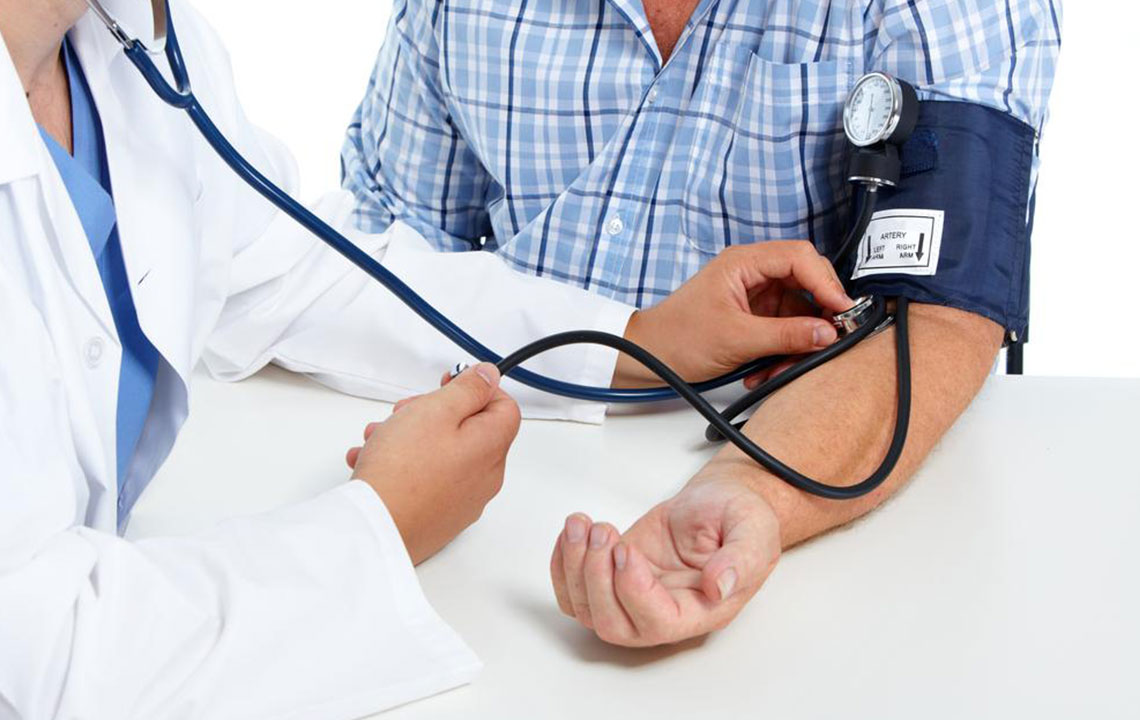Understanding Hypertension: Causes and Warning Signs
This article explains the key causes and symptoms of high blood pressure. It emphasizes the importance of regular monitoring, understanding blood pressure charts, and timely medical consultation to prevent complications related to hypertension. Recognizing symptoms early can lead to better management and improved health outcomes.

Understanding Hypertension: Causes and Warning Signs
Blood pressure measures the force of blood pushing through your arteries. When this pressure becomes abnormally high, it is known as hypertension or high blood pressure. Narrowed arteries increase resistance to blood flow, leading to elevated pressure levels. Monitoring your blood pressure regularly with proper charts helps track your health and maintain levels within a normal range.
Common Causes of High Blood Pressure
There isn't a single cause for hypertension. After age 40, it becomes crucial to regularly check your readings to prevent complications.
Multiple factors can contribute to high blood pressure, including:
Genetics inherited from family
Organ dysfunction, such as kidney issues affecting fluid and salt balance
Thyroid disorders
Use of illicit substances or excessive alcohol intake
Disruptions in adrenaline hormone production
Unhealthy lifestyles leading to obesity and weight gain
Signs of High Blood Pressure
Recognizing symptoms that suggest abnormal blood pressure is important. Common indicators include:
Headaches
Vision disturbances
Breathlessness during activity
Nosebleeds
Dizziness and chest discomfort
Blood in urine
Sometimes, elevated blood pressure shows no noticeable symptoms, making regular monitoring essential.
Understanding your blood pressure readings and maintaining them within healthy limits is vital. If readings remain high over time, consulting a healthcare professional for appropriate management is recommended.
Note:
The information provided on symptoms, treatments, and health conditions is for educational purposes only. It should not replace professional medical advice. Always consult qualified healthcare providers for diagnosis and treatment decisions.










